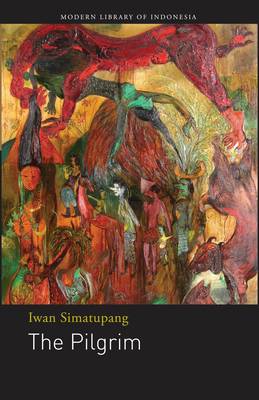
- Afhalen na 1 uur in een winkel met voorraad
- Gratis thuislevering in België vanaf € 30
- Ruim aanbod met 7 miljoen producten
- Afhalen na 1 uur in een winkel met voorraad
- Gratis thuislevering in België vanaf € 30
- Ruim aanbod met 7 miljoen producten
Zoeken
Omschrijving
The Pilgrim, first published in 1969, has been hailed as Indonesia's first real modern novel. The main characters are an artist and a cemetery overseer; the former represents emotion and the latter signifies reason and the conflicting aspects of human nature. Despite the characters' antagonistic nature and cruelty, they are---in some ways---very similar. Both represents forms of creativity, philosophy, and art. Both exist outside conventional society. Both are searching for genuine human values and are aware of their shortcomings. In The Pilgrim, the chaos of thought and feelings represents life in its chaotic randomness.
Specificaties
Betrokkenen
- Auteur(s):
- Uitgeverij:
Inhoud
- Aantal bladzijden:
- 120
- Taal:
- Engels
Eigenschappen
- Productcode (EAN):
- 9789798083877
- Verschijningsdatum:
- 1/12/2011
- Uitvoering:
- Paperback
- Formaat:
- Trade paperback (VS)
- Afmetingen:
- 140 mm x 216 mm
- Gewicht:
- 158 g

Alleen bij Standaard Boekhandel
+ 30 punten op je klantenkaart van Standaard Boekhandel
Beoordelingen
We publiceren alleen reviews die voldoen aan de voorwaarden voor reviews. Bekijk onze voorwaarden voor reviews.











